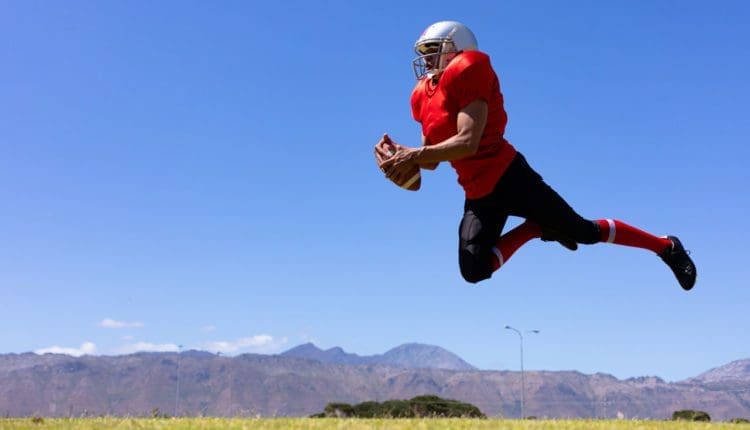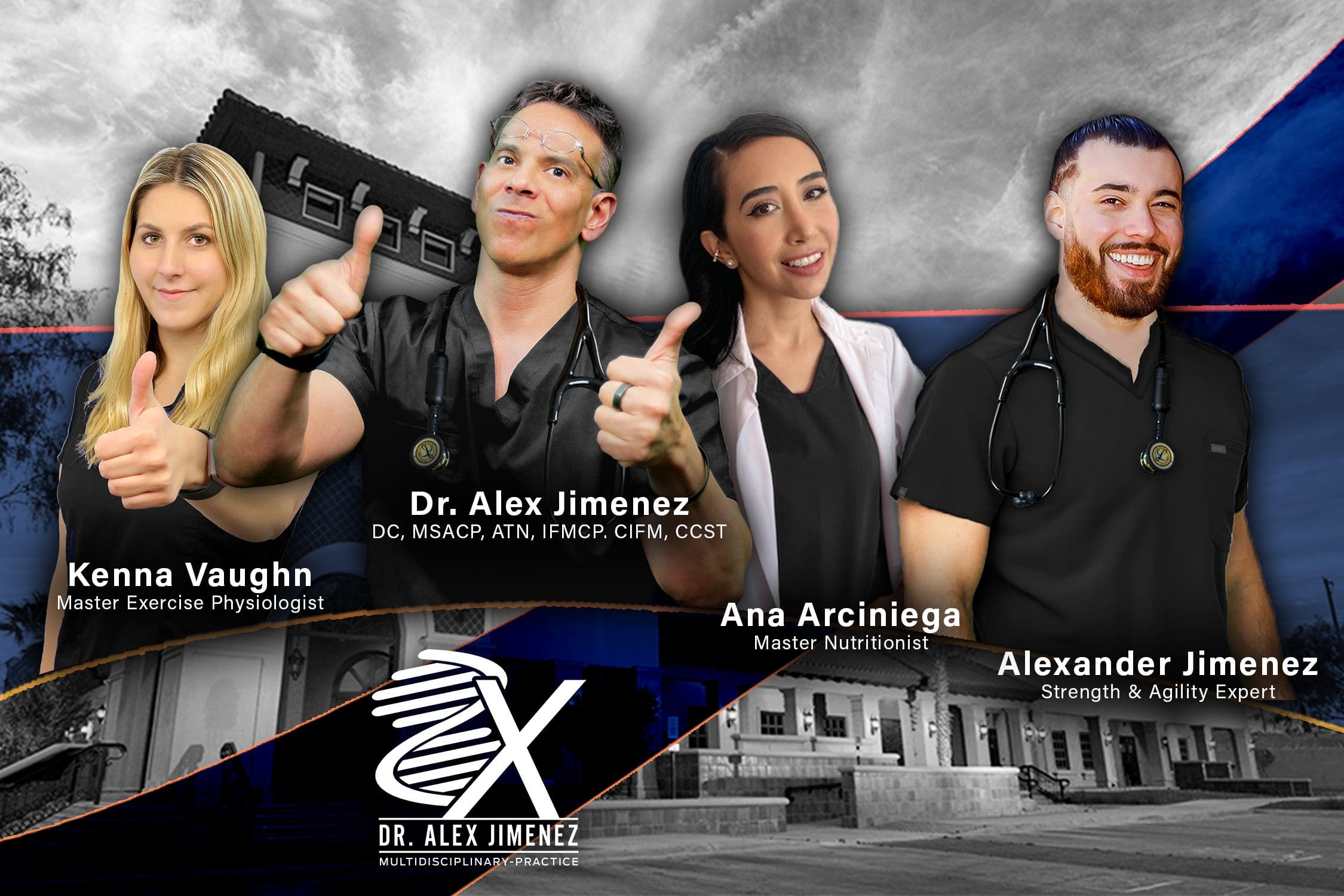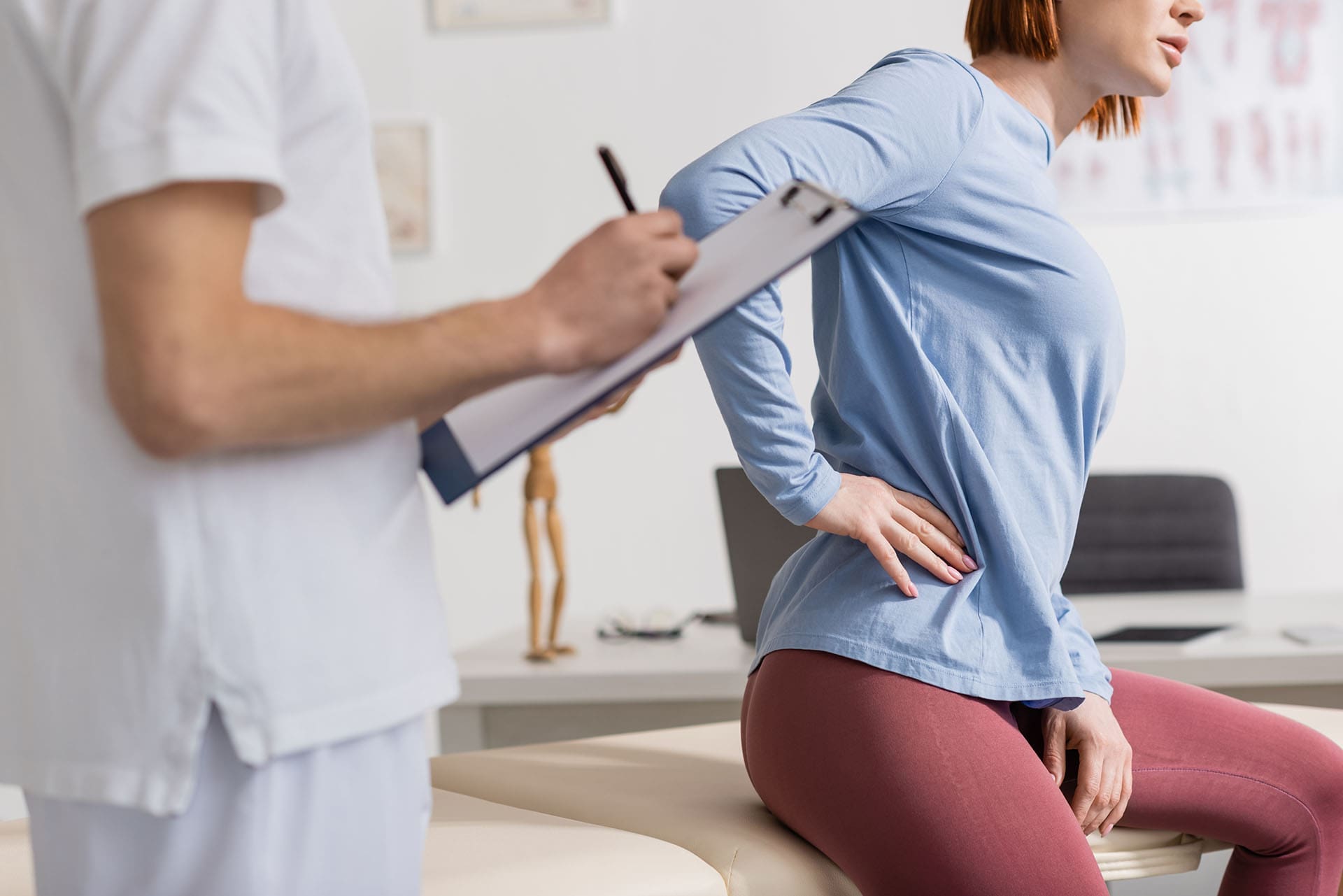Holistic Trauma Healing Plan with Integrative Care
Table of Contents
Title: How Sports Injuries and Car Accidents Affect the Body—and How Integrative Care Supports Full Recovery

Introduction: Trauma Comes in Many Forms
Injuries can happen suddenly—whether you’re sprinting on the field or driving through an intersection. Sports injuries and motor vehicle accidents (MVAs) may occur in different settings, but the impact on the body is surprisingly similar. Both can involve rapid deceleration, twisting motions, or direct force that damages muscles, ligaments, joints, nerves, or even the brain.
The beneficial news is that both types of trauma respond well to integrative care. A personalized healing plan that blends chiropractic care, physical therapy, massage therapy, and acupuncture helps restore function and reduce pain by addressing the root causes—not just the symptoms.
National Highway Traffic Safety Administration, n.d.
Sprains, Strains, and Soft Tissue Trauma
One of the most common outcomes of both sports injuries and car crashes is soft tissue damage. When a ligament is overstretched or torn, it results in a sprain. When a muscle or tendon is pulled or torn, it results in a strain.
These injuries happen during high-speed movement, falls, or impacts. In sports, this could be a misstep while pivoting. In a car accident, it might be the result of bracing against the steering wheel or being jolted out of alignment.
Clinics like TheraSport, [The Smith Clinic], and Dubuque Physical Therapy all report soft tissue injuries as some of the most frequent they treat. Healing requires more than ice and rest—it often calls for a targeted combination of chiropractic care, rehabilitative movement, massage therapy, and supportive nutrition.
Concussions and Whiplash: The Hidden Injuries
Concussions and whiplash are often overlooked—but they are common in both athletic collisions and car crashes. A concussion occurs when the brain shakes inside the skull due to rapid motion. Whiplash is a soft tissue injury in the neck, often resulting from back-and-forth head motion.
In sports, these injuries may happen during tackles or falls. In MVAs, they often occur in rear-end or side-impact collisions. The result is similar: headaches, fatigue, dizziness, and reduced concentration.
Resources like Visible Body and the Skinner Law Firm emphasize the need for early diagnosis and care. Integrative care models often include chiropractic alignment, craniosacral therapy, neurological assessments, and rest protocols to support brain and neck recovery.
Fractures and Joint Injuries
Both athletes and car crash victims face the risk of fractures or dislocated joints. Ankles, knees, shoulders, and wrists are common sites of injury. In sports, these injuries may occur during contact or falls. Sudden twisting or bracing at the moment of impact often causes injuries in accidents.
The Advanced Orthopedic Center notes that proper fracture recovery requires not only casting or bracing but also muscle reactivation and mobility training. This is where chiropractic, physical therapy, and massage come together to restore range of motion and functional strength once the bone has healed.
Chronic Pain and Lingering Dysfunction
Sometimes the pain doesn’t go away—even after the initial injury has healed. Lingering symptoms such as stiffness, nerve pain, headaches, or poor posture are often signs of underlying issues like scar tissue, joint misalignment, or muscular compensation.
According to a study in the Journal of Orthopaedic Research, untreated injuries—particularly those involving complex musculoskeletal systems—can lead to long-term disability and chronic discomfort.
Integrative providers understand this and focus on complete rehabilitation using chiropractic adjustments, manual therapy, acupuncture, therapeutic exercise, and lifestyle interventions.
The Role of Chiropractic in Integrative Healing
Chiropractic care plays a vital role in post-injury recovery. By restoring spinal alignment and improving joint mobility, chiropractors help reduce nerve pressure and inflammation. This allows the body’s natural healing processes to work more effectively.
In cases of sports trauma or auto accidents, chiropractors may also utilize the following techniques:
- Instrument-assisted adjustments for precision
- Therapeutic ultrasound to reduce inflammation
- Postural retraining to correct muscle imbalance
- Functional movement screens to guide rehab exercises
Combined with nutrition and stress-reduction strategies, this approach promotes both physical healing and emotional well-being.
Massage Therapy and Acupuncture for Recovery
Massage therapy supports circulation, reduces muscle stiffness, and helps with lymphatic drainage—key elements in injury recovery. It’s especially useful for soft tissue injuries, whiplash, and post-surgical muscle reintegration.
Acupuncture complements recovery by targeting the nervous system and stimulating the body’s own anti-inflammatory responses. It can be especially effective for:
- Pain management
- Muscle spasm relief
- Headache and nerve symptoms
- Sleep improvement during recovery
Together with chiropractic care, these therapies create a supportive environment for natural healing.
Diagnostic Tools and Personal Injury Support
Many integrative care clinics include advanced diagnostics such as:
- Digital X-rays
- Musculoskeletal ultrasound
- Functional range-of-motion testing
- Postural and gait analysis
These tools help track progress and identify hidden injuries. In the case of MVAs, they also provide important documentation for legal and insurance purposes. Proper records support the patient’s right to compensation and continued care.
Empowering the Patient: Education and Prevention
A vital part of any healing plan is educating the patient. Understanding how the injury occurred—and how to avoid it in the future—builds confidence and encourages engagement in self-care. Providers often teach:
- Stretching routines
- Posture awareness
- Strengthening exercises
- Ergonomic modifications
- Breathing and stress management techniques
This holistic approach fosters long-term wellness and resilience.
Conclusion: Shared Injuries, Shared Recovery
The body doesn’t care if trauma happens on the court or in traffic—it simply responds to force and strain. Whether the injury involves soft tissue, joints, the spine, or the nervous system, a multidisciplinary healing plan offers the best path forward.
By integrating chiropractic care, physical therapy, massage, acupuncture, and wellness strategies, patients can fully recover from both sports injuries and motor vehicle accidents. This approach restores function, reduces pain, and empowers people to move forward—stronger than before.
References
Advanced Orthopaedics. (n.d.). Sports medicine: Treating common high school sports injuries. Advanced Orthopaedics.
Boohoff Law. (n.d.). Common types of injuries in car accidents. Boohoff Law.
Brown Health. (n.d.). Types of sports injuries and how they’re treated. Brown Health.
Dubuque Physical Therapy. (n.d.). Sports injuries. Dubuque Physical Therapy.
Indiana Department of Health. (n.d.). Mechanism of injury. Indiana Department of Health Trauma System.
National Highway Traffic Safety Administration. (n.d.). Biomechanics research. U.S. Department of Transportation.
National Institute of Arthritis and Musculoskeletal and Skin Diseases. (n.d.). Sports injuries. National Institutes of Health.
Skinner Law Firm. (n.d.). Understanding common accident injuries. Skinner Law.
Smith Clinic. (n.d.). [Sports injuries](https://thesmithclinic.com/physical-therapy-clinic-services/sports-injuries/#:~:text=Sprains%20(i.e.%2C%20ankle%20or%20ACL,heading%2C%20falls%2C%20etc.). The Smith Clinic.
Stroud, Flechas & Dalton Law. (n.d.). What are common car accident injuries?. Stroud Law.
TheraSport Physical Therapy. (n.d.). Sports injuries. TheraSport.
Uygur, M., & de Jongh Curry, A. (2020). A systematic review of chronic pain and functional outcomes following traumatic musculoskeletal injury. Journal of Orthopaedic Research, 38(11), 2390–2403.
Visible Body. (n.d.). Common sports injuries 101. Visible Body.
Wright, J., & Marquez, P. (2011). Cycling-related injuries in non-collision incidents. Journal of Emergencies, Trauma, and Shock, 4(4), 443–447.
Post Disclaimer
Professional Scope of Practice *
The information on this blog site is not intended to replace a one-on-one relationship with a qualified healthcare professional or licensed physician and is not medical advice. We encourage you to make healthcare decisions based on your research and partnership with a qualified healthcare professional.
Blog Information & Scope Discussions
Welcome to El Paso's Premier Wellness and Injury Care Clinic & Wellness Blog, where Dr. Alex Jimenez, DC, FNP-C, a board-certified Family Practice Nurse Practitioner (FNP-BC) and Chiropractor (DC), presents insights on how our team is dedicated to holistic healing and personalized care. Our practice aligns with evidence-based treatment protocols inspired by integrative medicine principles, similar to those found on this site and our family practice-based chiromed.com site, focusing on restoring health naturally for patients of all ages.
Our areas of chiropractic practice include Wellness & Nutrition, Chronic Pain, Personal Injury, Auto Accident Care, Work Injuries, Back Injury, Low Back Pain, Neck Pain, Migraine Headaches, Sports Injuries, Severe Sciatica, Scoliosis, Complex Herniated Discs, Fibromyalgia, Chronic Pain, Complex Injuries, Stress Management, Functional Medicine Treatments, and in-scope care protocols.
Our information scope is limited to chiropractic, musculoskeletal, physical medicine, wellness, contributing etiological viscerosomatic disturbances within clinical presentations, associated somato-visceral reflex clinical dynamics, subluxation complexes, sensitive health issues, and functional medicine articles, topics, and discussions.
We provide and present clinical collaboration with specialists from various disciplines. Each specialist is governed by their professional scope of practice and their jurisdiction of licensure. We use functional health & wellness protocols to treat and support care for the injuries or disorders of the musculoskeletal system.
Our videos, posts, topics, subjects, and insights cover clinical matters and issues that relate to and directly or indirectly support our clinical scope of practice.*
Our office has made a reasonable effort to provide supportive citations and has identified relevant research studies that support our posts. We provide copies of supporting research studies available to regulatory boards and the public upon request.
We understand that we cover matters that require an additional explanation of how they may assist in a particular care plan or treatment protocol; therefore, to discuss the subject matter above further, please feel free to ask Dr. Alex Jimenez, DC, APRN, FNP-BC, or contact us at 915-850-0900.
We are here to help you and your family.
Blessings
Dr. Alex Jimenez DC, MSACP, APRN, FNP-BC*, CCST, IFMCP, CFMP, ATN
email: coach@elpasofunctionalmedicine.com
Licensed as a Doctor of Chiropractic (DC) in Texas & New Mexico*
Texas DC License # TX5807
New Mexico DC License # NM-DC2182
Licensed as a Registered Nurse (RN*) in Texas & Multistate
Texas RN License # 1191402
ANCC FNP-BC: Board Certified Nurse Practitioner*
Compact Status: Multi-State License: Authorized to Practice in 40 States*
Graduate with Honors: ICHS: MSN-FNP (Family Nurse Practitioner Program)
Degree Granted. Master's in Family Practice MSN Diploma (Cum Laude)
Dr. Alex Jimenez, DC, APRN, FNP-BC*, CFMP, IFMCP, ATN, CCST
My Digital Business Card


